This article contains spoilers for the season 1 finale of Common Side Effects, titled “Raid,”now available for streaming on Max.
Recap of Common Side Effects Season 1 Finale
The first season finale of Common Side Effects concludes with a series of gripping cliffhangers, setting a thrilling stage for the anticipated second season. The show centers around the Blue Angel Mushroom, a miraculous fungus that thrives under specific conditions. This extraordinary mushroom possesses the unparalleled ability to heal severe physical injuries, including the power to reverse death in certain instances. Throughout the season, the main protagonists, Marshall and Frances, navigate their complex relationship and the ethical dilemma of how best to share the mushroom’s potential with the wider world.
However, external pressures complicate their mission, particularly from the FBI and the pharmaceutical company that Frances is associated with. These entities are determined to suppress any information about the mushroom, fearing its impact on their established dominion over the modern medical landscape. The ten-episode inaugural season cleverly critiques the current health system in the United States, consistently revealing how greed can distort good intentions and exacerbate problems within the medical community. Below, we delve into the key developments in the season 1 finale and how they set the narrative for season 2.
The Fates of Marshall and Frances in Season 1
A Reunion Amidst Chaos

In the finale, Marshall and Frances find themselves on the run together, hinting at their evolving partnership and a potential romantic relationship moving forward. Initially, their paths diverged when Frances distanced herself from Marshall after a betrayal. However, her conscience ultimately leads her back to him, revealing the strength of their connection.
Marshall faces immense challenges while fleeing, where he frequently encounters fatal situations only to be revived by the mushroom’s extraordinary healing abilities. The season closes with him hiding from government forces and the manipulative Hildy, who seeks to control the mushroom’s distribution. The unique visionary experiences linked to the mushrooms draw Marshall and Frances closer, offering them a chance to recreate their relationship. The poignant final moments capture Frances tenderly holding Marshall’s hand, suggesting the possibility of a deeper bond.
The Journey of Copano and Harrington
Emerging Allies: Copano and Harrington
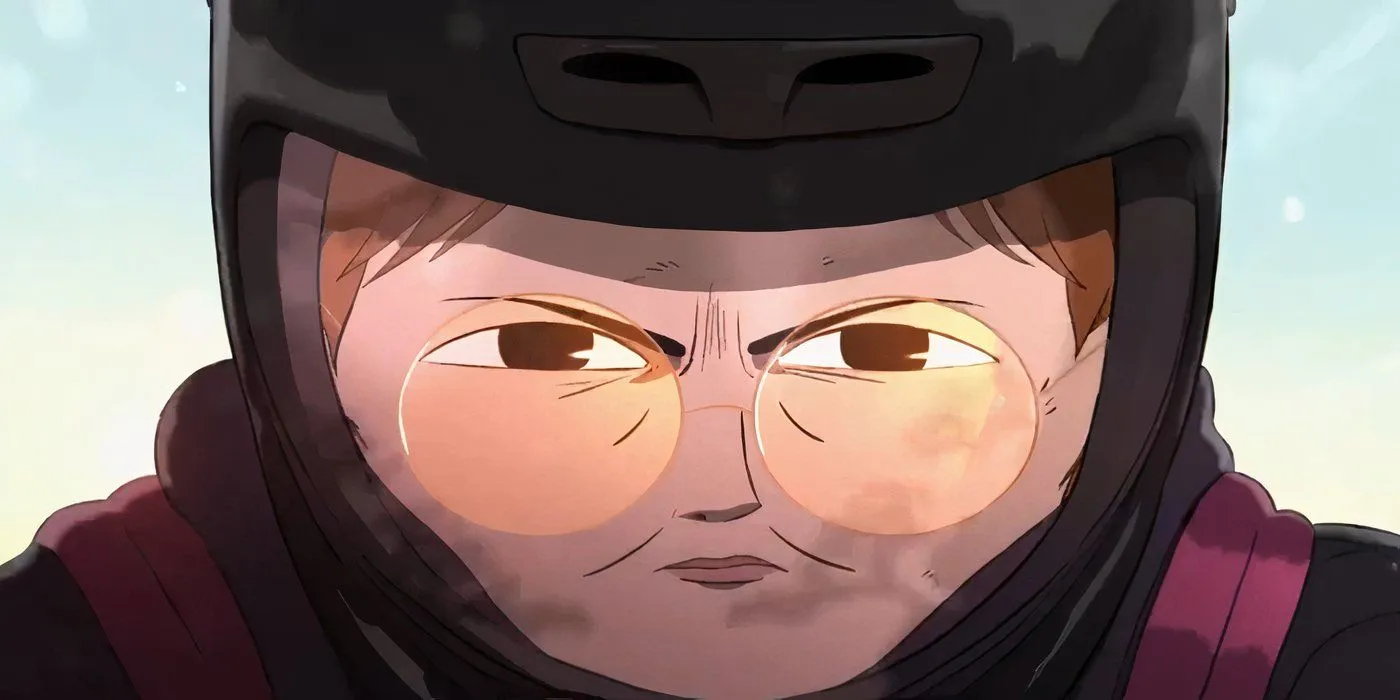
Another narrative thread involves the dynamic between DEA Agents Copano and Harrington. Although they begin as close friends, their paths diverge due to their investigation into Marshall. Harrington remains tightly bound to the DEA’s objectives, even participating in the FBI raid on the mushroom grow camp, while Copano’s confidence in the government erodes.
After a tense confrontation in which Copano saves Marshall from Hildy’s lethal intentions, he sustains significant injuries during the raid. In a surprising twist, Harrington rescues him, ultimately giving him a mushroom, a gesture that indicates her growing disillusionment with the government’s motives.
https://www.youtube.com/watch?v=W-MLyReSpxchttps://www.youtube.com/watch?v=W-MLyReSpxc
Rick’s Role as a Potential Villain
Rick’s Evolution as a Major Threat

Throughout Common Side Effects, Rick serves primarily as a comedic foil to Frances, positioned as the ineffectual CEO of Reutical. However, his threat level escalates with the incapacitation of Jonas Backstein, a more ruthless antagonist whose terminal illness renders him comatose after taking excessive doses of the mushroom.
As Backstein fades from the story, Rick’s actions draw Frances closer to Marshall once more, potentially positioning him to fill the void as the central antagonist. His collaborative ventures with Frances lead to the creation of a refined mushroom food additive, initially celebrated as a significant achievement. Yet, there remain concerns that this additive might retain the mind-altering effects associated with earlier mushroom formulations, laying the groundwork for turmoil in season 2. Rick’s character thus embodies the show’s ongoing critique of the pharmaceutical industry, with the potential to evolve into a more dangerous player if the additive becomes widely distributed.
Hildy’s Deceptive Strategies
Hildy as a Dangerous Wildcard

Hildy emerges as a complex antagonist, initially presented as a quirky mentor to Marshall. However, her ambition to seize control over the mushroom’s distribution reveals a darker persona. Hildy’s willingness to eliminate anyone standing in her way demonstrates her ruthless character, primarily as she attempts to kill Marshall but is thwarted by Copano.
Her final act in the season entails dumping mushroom concentrate into a water source, creating suspense around her intentions—whether it is a strategy for storing the substance or a plan to affect an entire community. The enigma of Hildy’s ultimate goals serves as a pivotal mystery, indicating her potential evolution beyond a mere embodiment of human greed and selfishness.
The Supporting Cast’s Fate
Supporting Characters Poised for Danger in Season 2
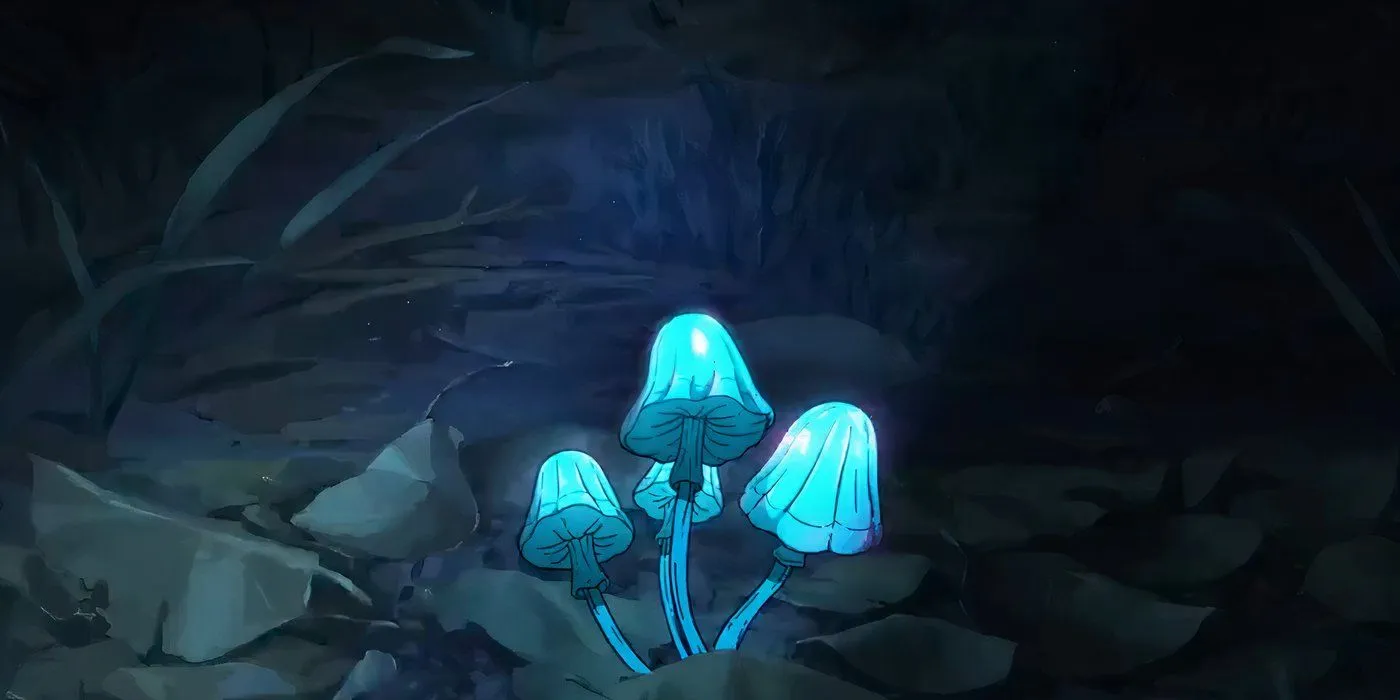
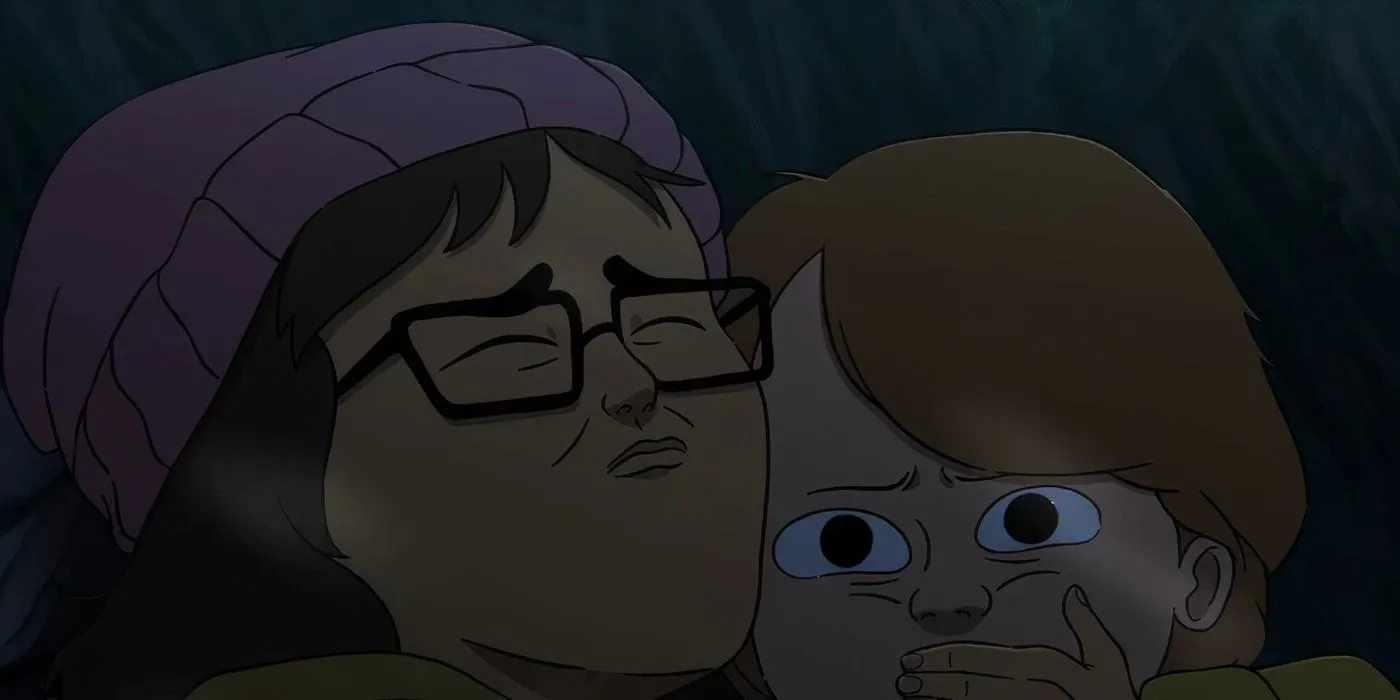

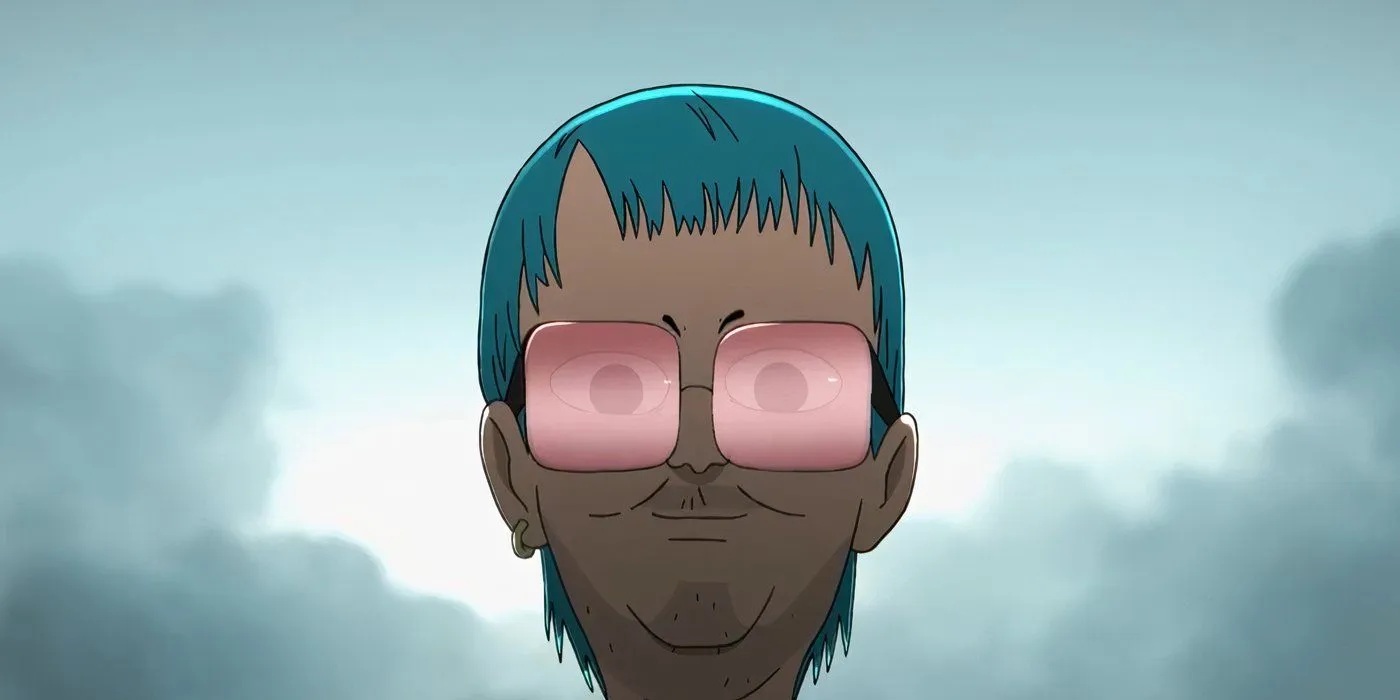
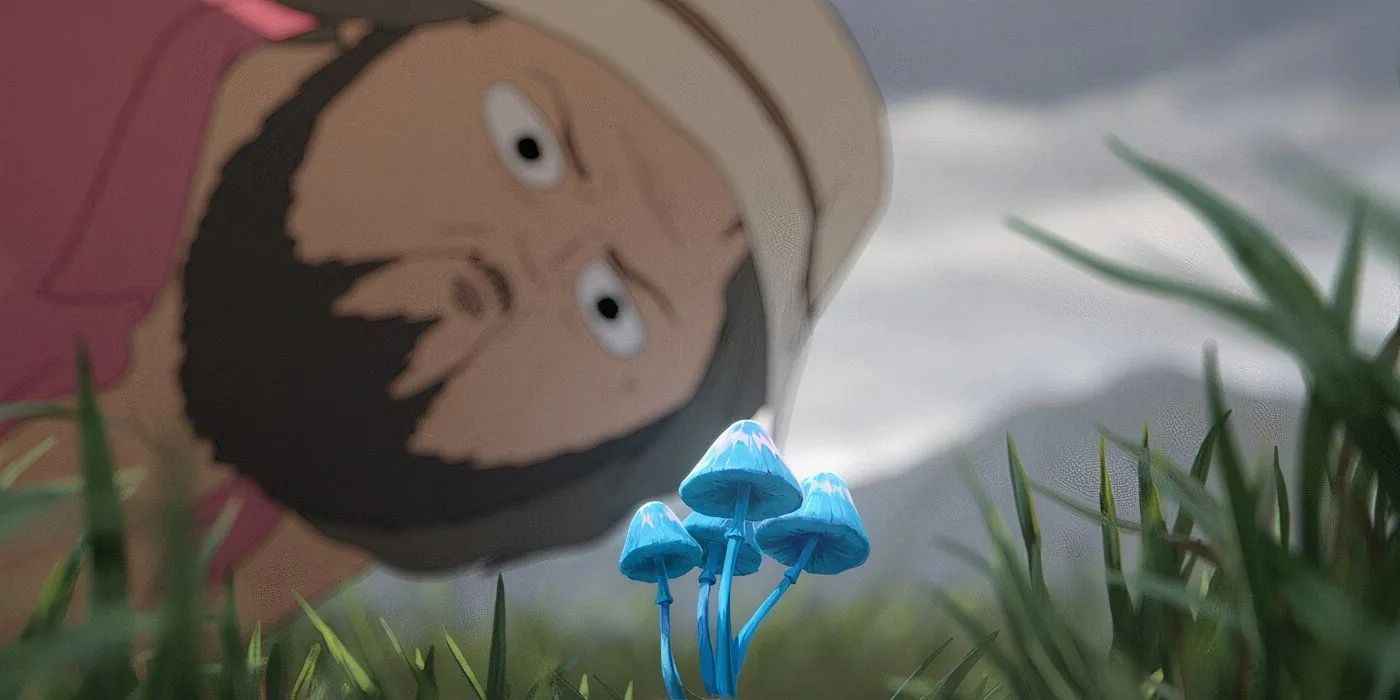
The finale also revisits several members of the Common Side Effects supporting cast, hinting at their involvement in season 2. Frances’ former colleague Kiki has aligned herself with Rick, seemingly becoming an integral partner. Zane’s successful acquisition of unique turtles enhances his role as a key figure in the mushroom cultivation process. While Jonas Backstein is no longer an active threat, his conspiratorial allies, including Cecily, remain intent on pursuing Marshall.
Moreover, Amelia, along with her son Wyatt, manages to evade legal repercussions during the police raid, leaving them on the run while avoiding capture. Amelia’s divided loyalty between Marshall and Hildy could introduce significant tension in the forthcoming season. The unresolved mystery surrounding the Humanoids and their psychological effects on individuals adds another layer of intrigue to the narrative, cultivating a rich ground for exploration in season 2.
The Underlying Message of Common Side Effects Season 1
Empathy as a Cornerstone of The Human Experience

The season 1 finale of Common Side Effects concludes with an impactful moral message underscoring the importance of empathy and restraint in medical practice and research. Throughout the season, many antagonists exploit the Blue Angel Mushroom for selfish motives, threatening the sanctity of true healing. The corrupt actions of those in power, whether in law enforcement or pharmaceuticals, reveal a profound disregard for human life and ethical standards.
Conversely, the characters who embody empathy are rewarded: Copano’s altruism saves Marshall, and in turn, he is saved by Harrington. Amelia’s protective instincts for her son ultimately lead her to freedom, while Frances’ redemption hinges on her decision to align with Marshall’s vision of sharing the mushroom’s benefits with the world. The narrative of Common Side Effects thus eloquently highlights the necessity of compassion and humanity in the face of groundbreaking medical advancements, while deftly crafting conflicts that await resolution in the forthcoming season.


